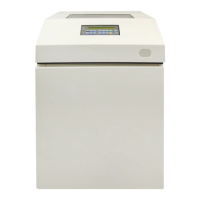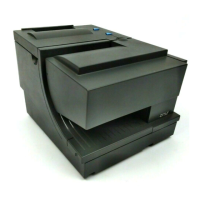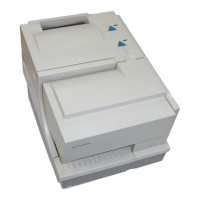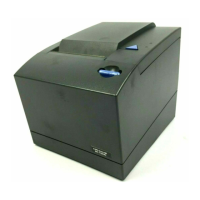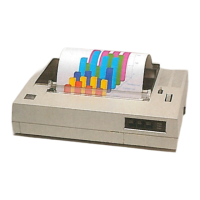Glossary
expressed as either a two-byte binary or a five-digit
decimal value.
graphics command set. In the IPDS architecture, a
collection of commands used to present GOCA data in
a page, page segment, or overlay.
graphics data. Data containing lines, arcs, markers,
and other constructs that describe a picture.
graphics model space. A two-dimensional conceptual
space in which a picture is constructed. All model
transforms are completed before a picture is
constructed in a graphics model space. Contrast with
graphics presentation space. Synonymous with model
space.
graphics object. An object that contains graphics
data. See also object.
graphics object area. A rectangular area on a logical
page into which a graphics presentation space
window is mapped.
Graphics Object Content Architecture (GOCA).An
architected collection of constructs used to
interchange and present graphics data.
graphics presentation space. A two-dimensional
conceptual space in which a picture is constructed. In
this space graphics drawing orders are defined. The
picture can then be mapped onto an output medium.
All viewing transforms are completed before the
picture is generated for presentation on an output
medium. An example of a graphics presentation
space is the abstract space containing graphics
pictures defined in an IPDS Write Graphics Control
command. Contrast with graphics model space.
graphics presentation space window. The portion of
a graphics presentation space that can be mapped to
a graphics object area on a logical page.
graphics segment. A set of graphics drawing orders
contained within a Begin Segment command. See
also segment.
GRID. See global resource identifier.
H
HAID. See Host-Assigned ID.
height. In bar codes, the bar dimension
perpendicular to the bar width. Synonymous with bar
height and bar length.
hexadecimal. A number system with a base of
sixteen. The decimal digits 0 through 9 and
characters A through F are used to represent
hexadecimal digits. The hexadecimal digits A through
F correspond to the decimal numbers 10 through 15,
respectively. An example of a hexadecimal number is
X
'1B', which is equal to the decimal number 27.
highlighting. The emphasis of displayed or printed
information. Examples are increased intensity of
selected characters on a display screen and exception
highlighting on an IPDS printer.
home state. An initial IPDS operating state. A
printer returns to home state at the end of each page,
and after downloading a font, overlay, or page
segment.
horizontal font size. (1) A characteristic value,
parallel to the character baseline, that represents the
size of all graphic characters in a font. Synonymous
with font width. (2) In a font character set, nominal
horizontal font size is a font-designer defined value
corresponding to the nominal character increment for
a font character set. The value is generally the width
of the space character and is defined differently for
fonts with different spacing characteristics.
•
For fixed-pitch, uniform character increment fonts:
the fixed character increment, which is also the
space character increment
•
For PSM fonts: the width of the space character
•
For typographic, proportionally spaced fonts:
one-third of the vertical font size, which is also
the default size of the space character.
The font designer can also define a minimum and a
maximum horizontal font size to represent the limits
of scaling. (3) In font referencing, the specified
horizontal font size is the desired size of the font
when the characters are presented. If this size is
different from the nominal horizontal font size
specified in a font character set, the character shapes
and character metrics might need to be scaled prior
to presentation.
host. (1) In the IPDS architecture, a computer that
drives a printer. (2) In IOCA, the host is the
controlling environment.
Host-Assigned ID (HAID). A two-byte ID assigned by
the host to a font, page segment, or overlay. This ID
is used when loading a resource and to identify a
resident font or page segment.
Host-Assigned Resource ID. The combination of a
Host-Assigned ID with a section identifier, or a font
inline sequence, or both. The section identifier and
font inline sequence values are ignored for both page
segments and overlays. See also section identifier
and font inline sequence.
human-readable interpretation (HRI). The printed
translation of bar code characters into equivalent
Latin alphabetic characters, Arabic numeral decimal
digits, and common special characters normally used
for printed human communication.
206 6400 IPDS
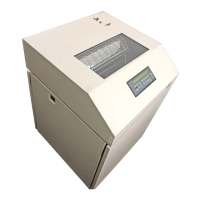
